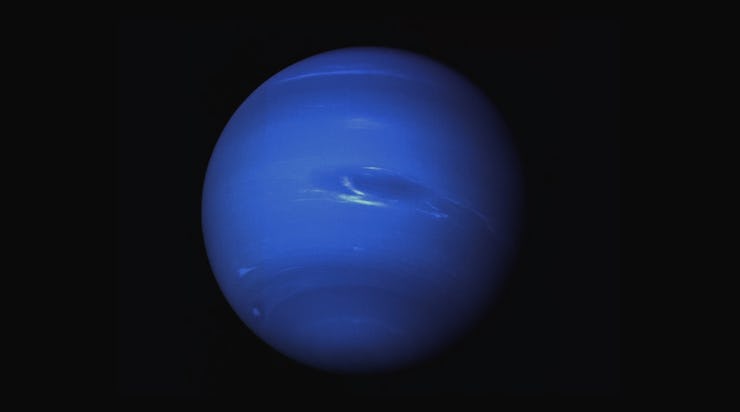Tonight is the Best Night to See Neptune
Here's how to spot it in the night sky.

On September 5, Neptune will reach opposition, making it 180 degrees away from the sun in our sky and providing a solid viewing opportunity for this elusive, far-away planet.
The status of opposition is what makes this a special opportunity: this is the point at which Earth is the closest it will be to Neptune in the entire year, and with no sun to impede our view, it’s the brightest the planet will appear in our sky.
Even at opposition, the eighth planet from the sun remains tricky to track down. At 2.7 billion miles from Earth, Neptune is the only planet that isn’t visible with the naked eye. To see it on this most favorable of nights, you’ll need binoculars, or better yet a telescope. A map is helpful for finding Neptune’s night-time location amidst the constellation of Aquarius.
A handy map to help you find Neptune's location, courtesy of Sky & Telescope.
Since Earth is currently between Neptune and the sun, the planet will begin to rise in the east around sunset, will reach its highest point around midnight, and will set in the west around sunrise.
A false color image of Neptune taken by Voyager 2. Objects deep in the atmosphere are blue, while those resting at higher altitudes are white.
Don’t let Neptune’s distance fool you, because it’s actually huge. As one of the four gas giants in our solar system — along with Jupiter, Saturn and Uranus — it has a diameter of 30,599 miles.
Fun fact: the icey giant got its famous blue hue from the methane gas in its atmosphere. Methane absorbs red light from the sun, reflecting Neptune’s cerulean color back into space.